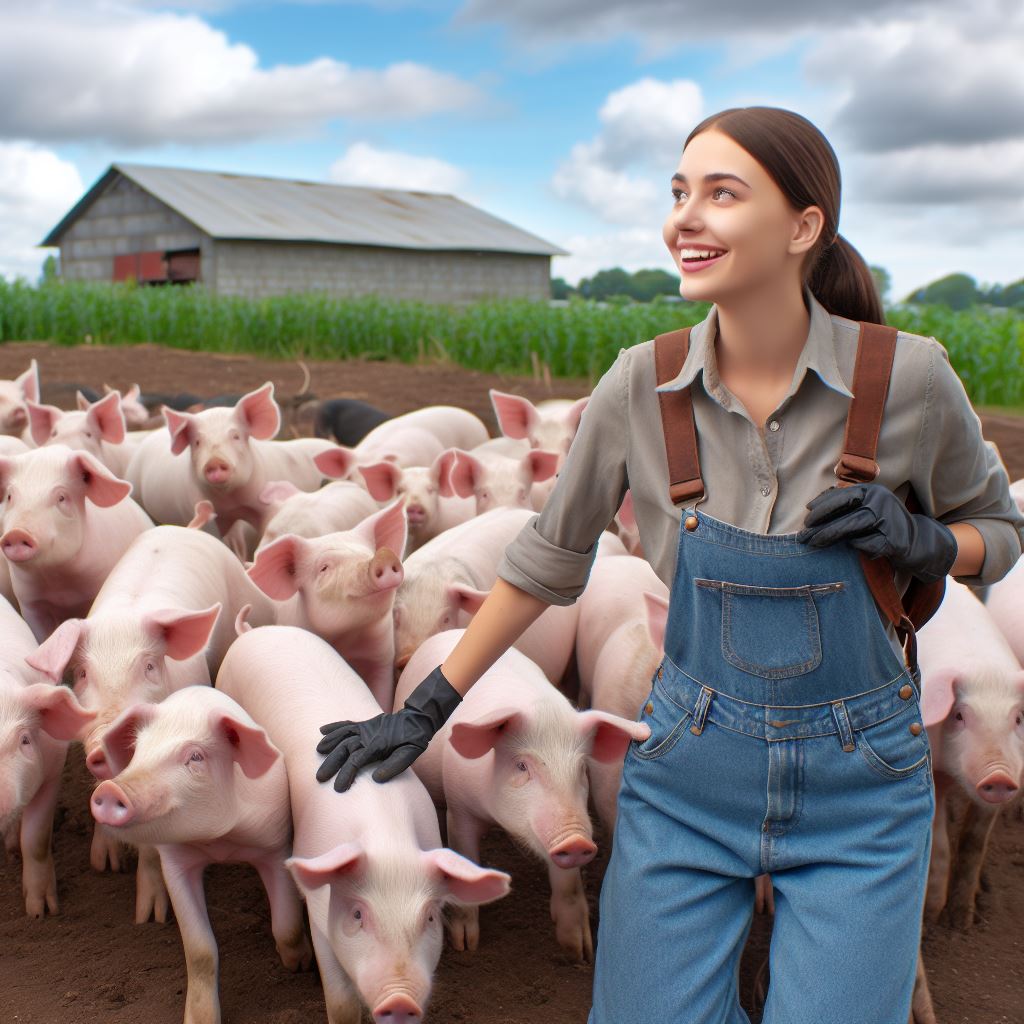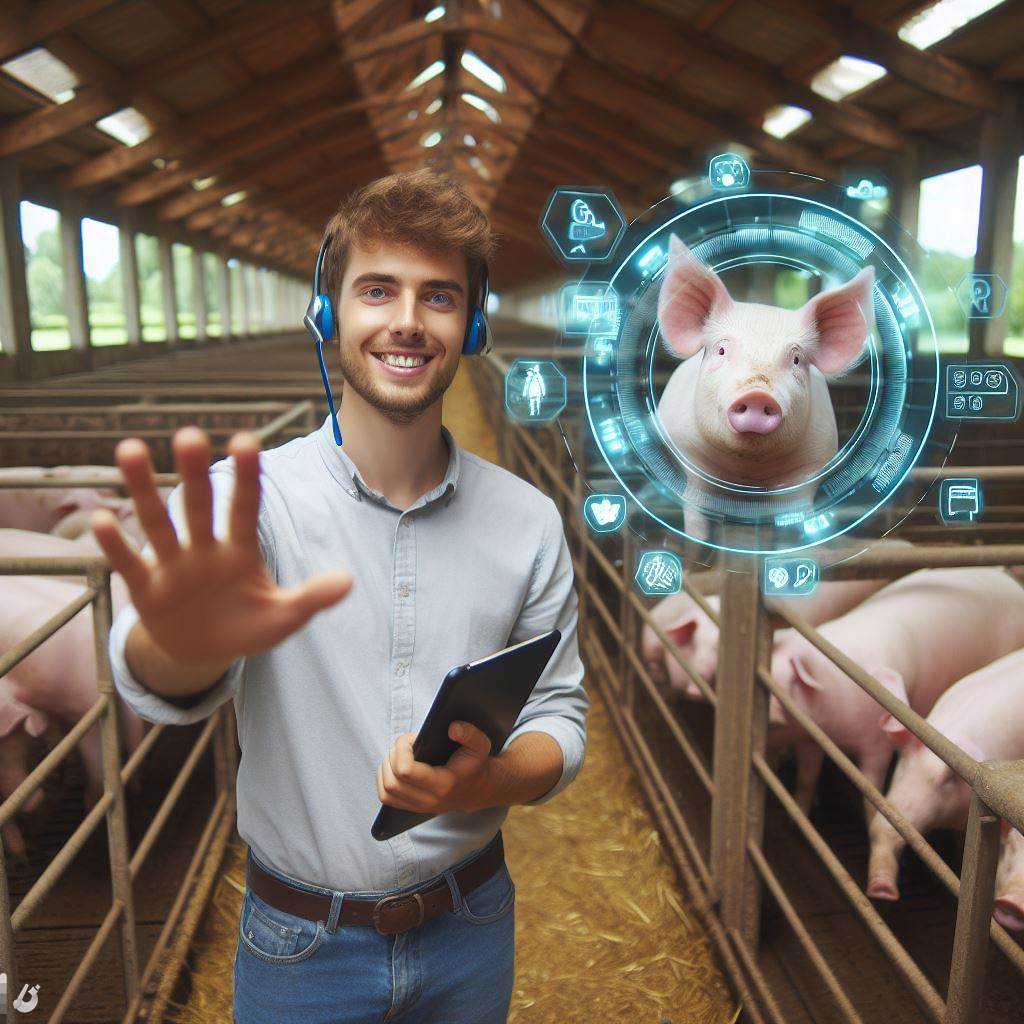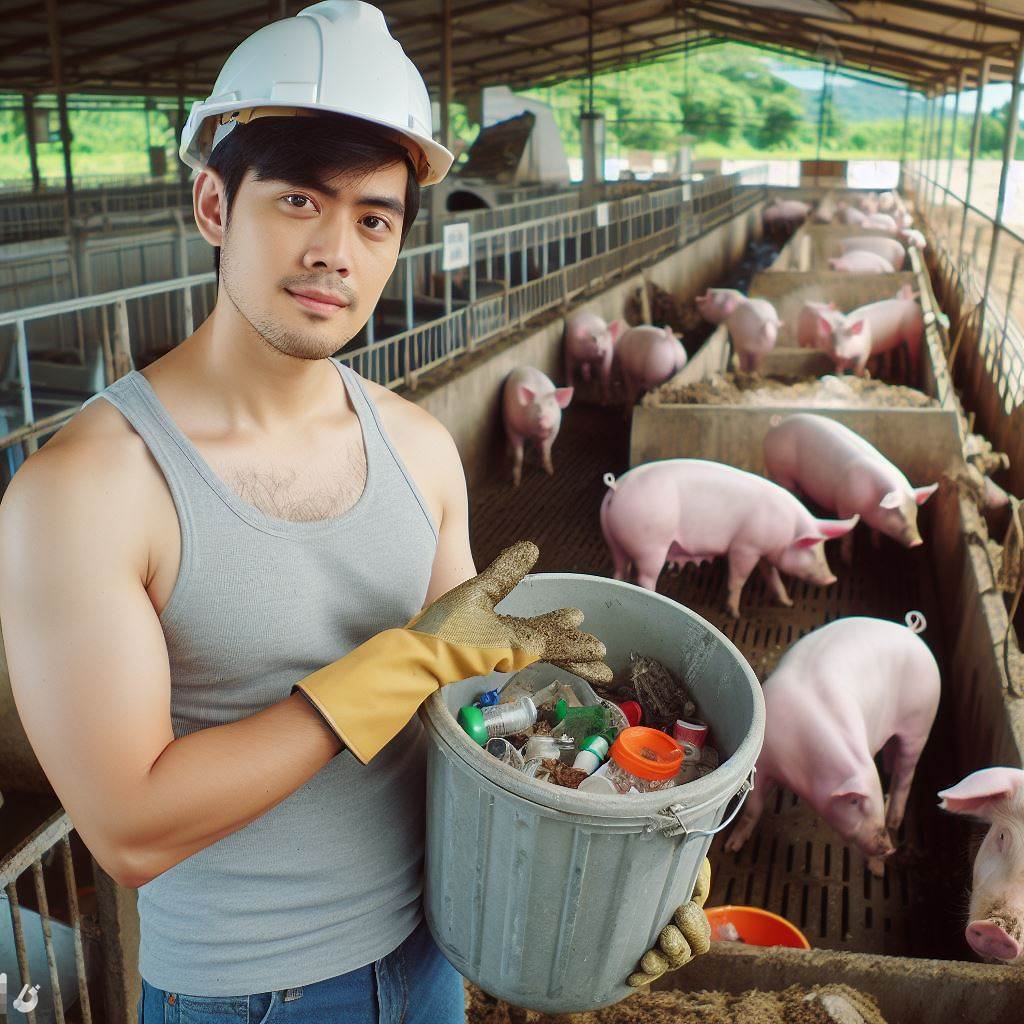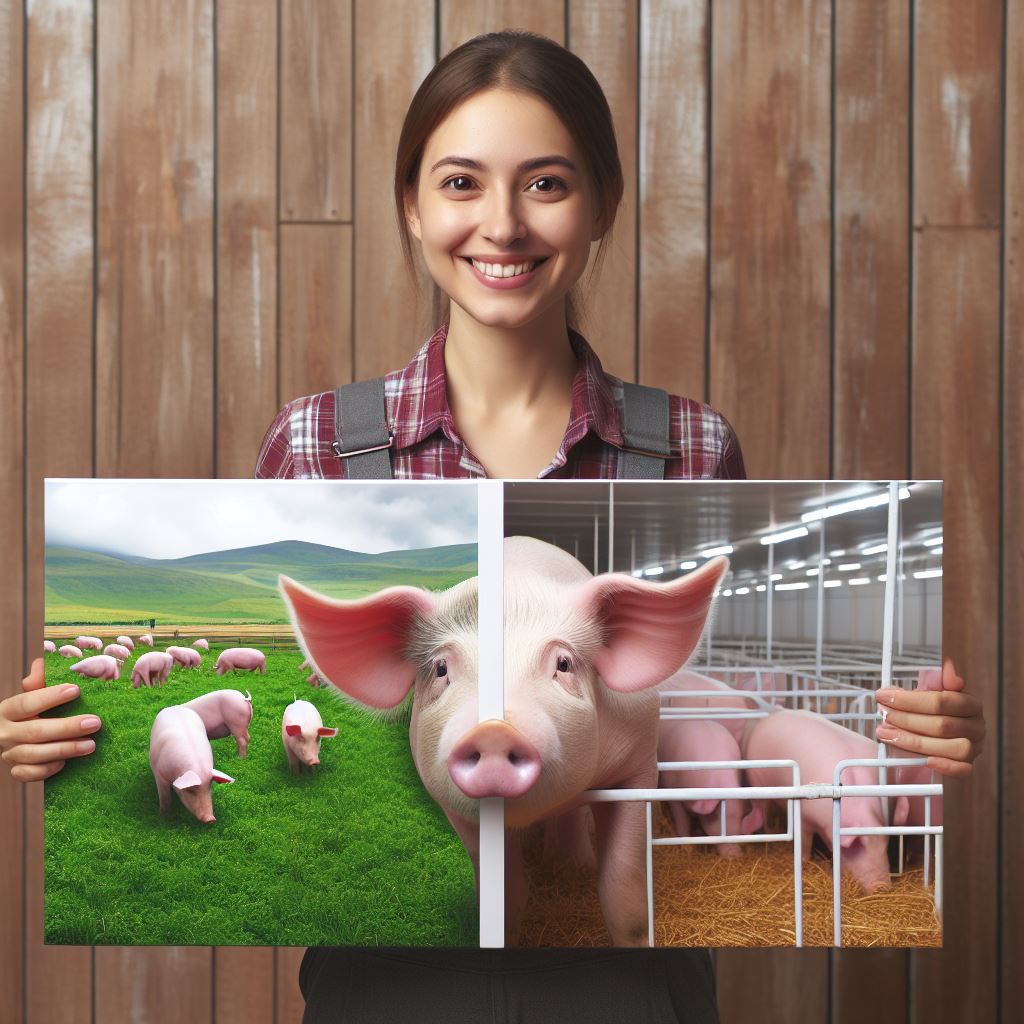Introduction
A. Choosing between layers and broilers for poultry farming
Poultry farming is a thriving industry, but choosing between layers and broilers is a crucial decision.
Choosing between layers and broilers in poultry farming depends on your goals.
Layers produce eggs, making them profitable for egg production.
Broilers are raised for meat and grow faster, offering quicker returns.
Consider market demand, resources, and your specific business objectives when making this decision.
B. Importance of making the right choice for successful and profitable poultry farming
Making the right choice is vital for successful and profitable poultry farming.
Making the right choice between layers and broilers is crucial for successful and profitable poultry farming.
The decision impacts production efficiency, resource utilization, and market demand.
A well-informed choice ensures optimal returns, sustainability, and alignment with business goals, enhancing overall success in the poultry farming venture.
Key Differences Between Layers and Broilers
A. Purpose and primary use of layers and broilers in poultry farming
Layers, also known as laying hens, are specifically bred for egg production.
Their primary purpose is to produce a large number of high-quality eggs for consumption or sale.
In contrast, broilers are bred and raised specifically for meat production.
Their purpose is to provide a source of protein-rich meat for consumers.
B. Differences in growth rate, size, and weight between layers and broilers
When it comes to growth rate, broilers have a clear advantage.
They are bred to grow rapidly, reaching market weight within a short span of time.
Transform Your Agribusiness
Unlock your farm's potential with expert advice tailored to your needs. Get actionable steps that drive real results.
Get StartedOn average, broilers can achieve their market weight of around 4-7 pounds in just 6-7 weeks.
In comparison, layers take longer to reach maturity and are usually smaller in size.
The difference in growth rate and size between layers and broilers is mainly due to genetics and selective breeding.
Breeders have focused on developing broiler breeds that efficiently convert feed into meat, resulting in accelerated growth rates and larger body sizes.
On the other hand, layers have been bred to produce a larger number of eggs over an extended period, prioritizing efficiency in egg production rather than rapid growth.
C. Variances in feed requirements and nutritional needs
In terms of feed requirements and nutritional needs, broilers have higher demands.
Their rapid growth rate necessitates a diet that is high in protein and energy.
Broiler feeds often contain a higher proportion of ingredients such as soybean meal, corn, and other protein-rich components.
These feeds are carefully formulated to provide the necessary nutrients for muscle development and rapid weight gain.
Layers, on the other hand, have different nutritional needs. They require a balanced diet that supports egg production.
Layer feeds contain lower protein levels compared to broiler feeds but are supplemented with additional calcium and other minerals essential for eggshell formation.
This specialized diet ensures that layers have the necessary nutrients to produce eggs consistently.
In general, layers and broilers have distinct purposes in poultry farming. Layers are bred for egg production, while broilers are bred for meat production.
While broilers grow rapidly and reach market weight quickly, layers take longer to mature and produce smaller eggs.
The feed requirements also differ, with broilers needing a higher protein diet for optimal growth, while layers require a balanced diet to support egg production.
Understanding these key differences is essential for farmers to make informed decisions when choosing their poultry path.
Read: Eco-Friendly Livestock Farming Techniques
Layer Chickens
A. Characteristics and traits of Layer Chickens
- Layer chickens are specifically bred for their ability to produce a large number of eggs.
- They are generally smaller in size and have lighter feathers compared to broiler chickens.
- Layer chickens have a docile and friendly temperament, making them easy to handle.
B. Advantages of raising layers
- Layer chickens are highly profitable due to their consistent egg production capacity.
- They have an extended productive lifespan, providing a steady source of income over a longer period.
1. Egg production capacity and profitability
- Layer chickens have been selectively bred to maximize their egg-laying potential.
- On average, a layer hen can produce around 250 to 300 eggs per year, ensuring a steady revenue stream.
- High egg production translates into increased profitability for poultry farmers.
2. Extended productive lifespan
- Layer chickens can continue laying eggs for up to two years or more, compared to broilers who are typically slaughtered around six to eight weeks old.
- This longer lifespan allows farmers to maximize their investment in each chicken and generate more profit.
C. Considerations when raising layer chickens
1. Housing requirements
- Layer chickens require comfortable and well-ventilated housing to ensure their health and productivity.
- Proper insulation, nesting boxes, and perches are essential for them to feel secure and lay eggs comfortably.
2. Proper nutrition and diet
- A balanced diet is crucial for meeting the nutritional needs of layer chickens and ensuring optimal egg production.
- Feed should contain a high protein content, vitamins, and minerals to support their overall health and egg quality.
3. Disease prevention and management
- Good biosecurity practices are necessary to protect layer chickens from diseases and infections.
- Regular vaccination, proper sanitation, and quarantine measures play a vital role in preventing the spread of illnesses within the flock.
D. Common breeds of layer chickens
Some popular breeds of layer chickens include:
- White Leghorn: Known for their high egg production and efficient feed conversion.
- Rhode Island Red: Excellent layers of brown eggs, known for their robustness and adaptability.
- Sussex: Known for their gentle nature, good egg production, and versatility in different climates.
Essentially, layer chickens offer numerous advantages for poultry farmers, such as their high egg production capacity and extended productive lifespan.
However, raising layers requires careful consideration of housing requirements, proper nutrition, and disease prevention.
Choosing the right breed is also essential to achieve optimal results.
By understanding the characteristics and traits of layer chickens, farmers can make informed decisions and pave the way for a successful poultry venture.
Read: Poultry Management: Key Practices Revealed
Broiler Chickens
A. Characteristics and Traits of Broiler Chickens
Broilers refer to chickens specifically bred and raised for meat production.
Showcase Your Farming Business
Publish your professional farming services profile on our blog for a one-time fee of $200 and reach a dedicated audience of farmers and agribusiness owners.
Publish Your ProfileThey possess traits that make them well-suited for efficient and quick growth.
Broilers have a large body size, fast growth rate, and high feed conversion ratio.
B. Advantages of Raising Broilers
Raising broiler chickens has several advantages compared to other types of poultry.
1. Rapid Growth and Higher Meat Production
Broilers exhibit rapid growth, reaching market weight in just a matter of weeks.
This results in higher meat production and faster turnover of investment.
2. Shorter Raising Period
Due to their fast growth, broilers have a significantly shorter raising period than other poultry.
This allows farmers to raise more batches per year and increase their revenue.
3. Market Demand
There is a consistent and high demand for broiler meat in the market.
Consumers prefer broilers due to their tender meat and mild flavor.
C. Considerations When Raising Broiler Chickens
1. Housing and Space Requirements
Broilers require ample space for exercise and growth, especially during the later stages.
Proper housing, ventilation, and temperature control are essential for their well-being.
2. Feeding and Nutrition for Optimal Growth
Broilers have specific nutritional requirements to support their rapid growth and muscle development.
Feeding them a balanced diet with the right amount of protein, vitamins, and minerals is crucial.
3. Health and Disease Management
Broilers are prone to certain health issues, such as bacterial infections and leg problems.
Implementing proper biosecurity measures and regular health checks are necessary for disease prevention.
D. Common Breeds of Broiler Chickens
There are several breeds of broiler chickens widely used in the poultry industry.
Some common breeds include Cornish Cross, Ross 308, and Hubbard.
These breeds have been specifically selected and bred for their meat production traits.
In a nutshell, broiler chickens offer numerous advantages for poultry farmers in terms of rapid growth, higher meat production, shorter raising period, and market demand.
However, raising broilers requires careful consideration of housing and space requirements, feeding and nutrition, as well as health and disease management.
By understanding the characteristics, advantages, and considerations of raising broilers, farmers can make informed decisions and optimize their poultry operations for successful broiler production.
Read: Poultry Management: Key Techniques
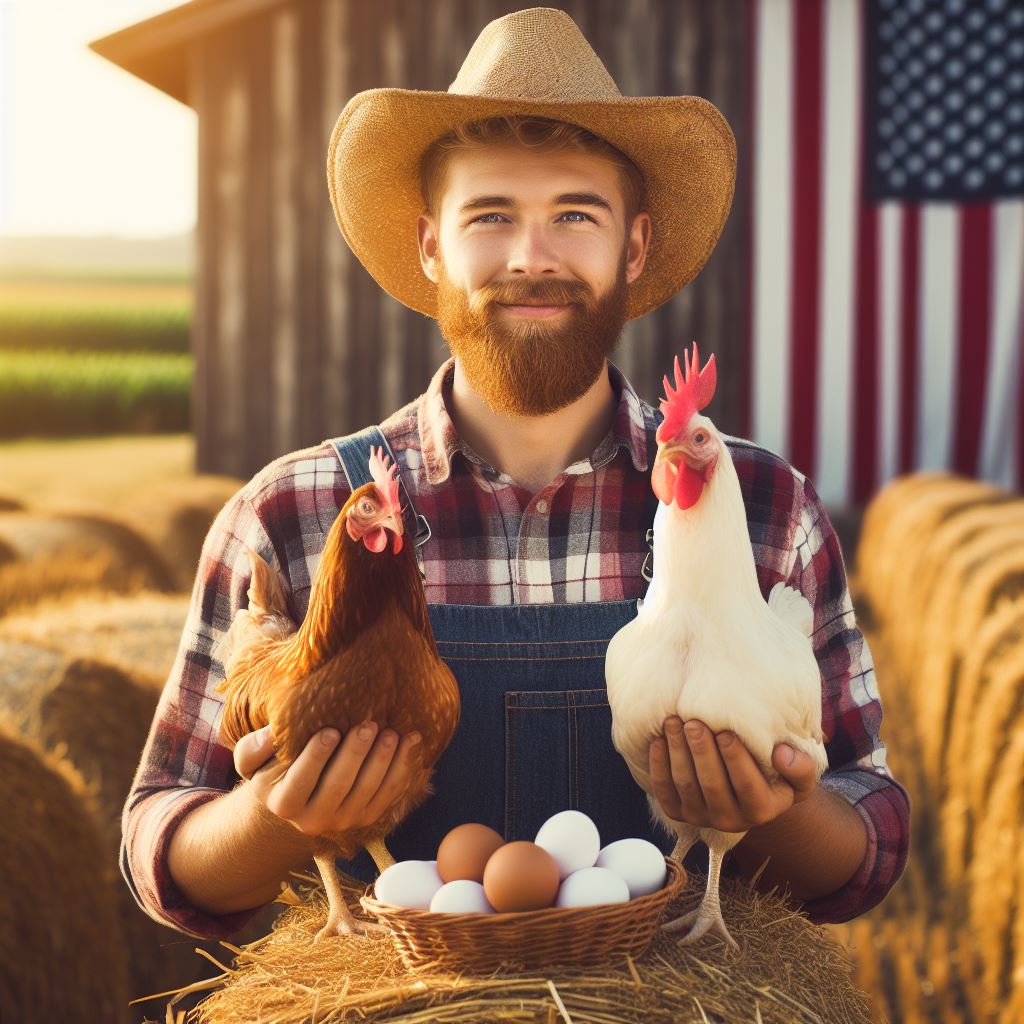
Factors to Consider when Choosing Between Layers and Broilers
When choosing between layers and broilers, there are several factors to consider that can greatly impact your decision:
A. Personal Goals and Preferences
- Do you want to focus on egg production or meat production?
- Are you more interested in a long-term investment or a quicker return?
- Do you have a preference for working with chickens that have specific characteristics?
B. Market Demand and Potential Profitability
- Research the local market to determine the demand for eggs or meat in your area.
- Consider the potential profitability of each option based on market prices and production costs.
- Evaluate whether there are existing market gaps that you could fill with your chosen poultry path.
C. Available Resources and Infrastructure
- Assess the resources you have available, such as land, buildings, equipment, and labor.
- Consider the infrastructure requirements for each option, including housing, feeding systems, and waste management.
- Think about the availability of support services, such as veterinary care and feed suppliers.
D. Local Regulations and Restrictions
- Research any local regulations or restrictions that may impact your choice between layers and broilers.
- Check if there are zoning limitations or permits required for poultry farming in your area.
- Consider any potential environmental regulations related to waste management or biosecurity measures.
Thoroughly consider factors like goals, preferences, and resources to align your choice with your poultry farming aspirations.
Both layers and broilers offer profitability, with layers ensuring a consistent income through egg production, while broilers promise higher returns in a shorter timeframe via meat production.
Opt for layers if you prioritize steady income and have a long-term investment perspective.
This choice establishes a consistent customer base and a reputation for quality eggs. Note that egg production requires meticulous management and maintenance.
Choose broilers if you seek quicker returns and potential higher profits. With proper management, efficient broiler raising ensures optimal growth and market readiness.
However, broiler production demands more intensive management and a higher initial investment in terms of feed and housing.
Consider available resources and infrastructure; layers may need more extensive housing and a longer-term commitment. Broilers might require specialized equipment for efficient egg collection and handling.
Be aware of local regulations and restrictions, checking with authorities to ensure compliance with zoning limitations, permits, and other legal requirements.
Proactively understanding and adhering to these regulations prevents potential penalties and disruptions to your operation.
Ultimately, the decision between layers and broilers depends on personal goals, local market demand, available resources, and adherence to local regulations.
A thorough evaluation of these factors ensures a successful poultry farming venture.
Read: Tech in Farming: Innovations in Livestock Care
Conclusion
A. Recap of key points discussed
Choosing between layer and broiler poultry requires a thorough evaluation of your options.
Throughout this blogpost, we have discussed the key points of each path.
Layers are perfect for those looking for a steady supply of eggs, while broilers are ideal for those interested in meat production.
B. Emphasizing the importance of thoroughly evaluating options before deciding on poultry path
It is crucial to understand the importance of thoroughly evaluating your options before making a decision.
Consider your resources, goals, and preferences when selecting your poultry path.
Showcase Your Farming Business
Publish your professional farming services profile on our blog for a one-time fee of $200 and reach a dedicated audience of farmers and agribusiness owners.
Publish Your ProfileC. Encouragement for further research and seeking advice from experienced farmers
We strongly encourage you to research further and seek advice from experienced farmers.
They can provide valuable insights and help you make an informed decision.
Remember, the choice between layers and broilers will have a significant impact on your farming journey.
So take your time, weigh the pros and cons, and make the decision that aligns with your goals and aspirations.

